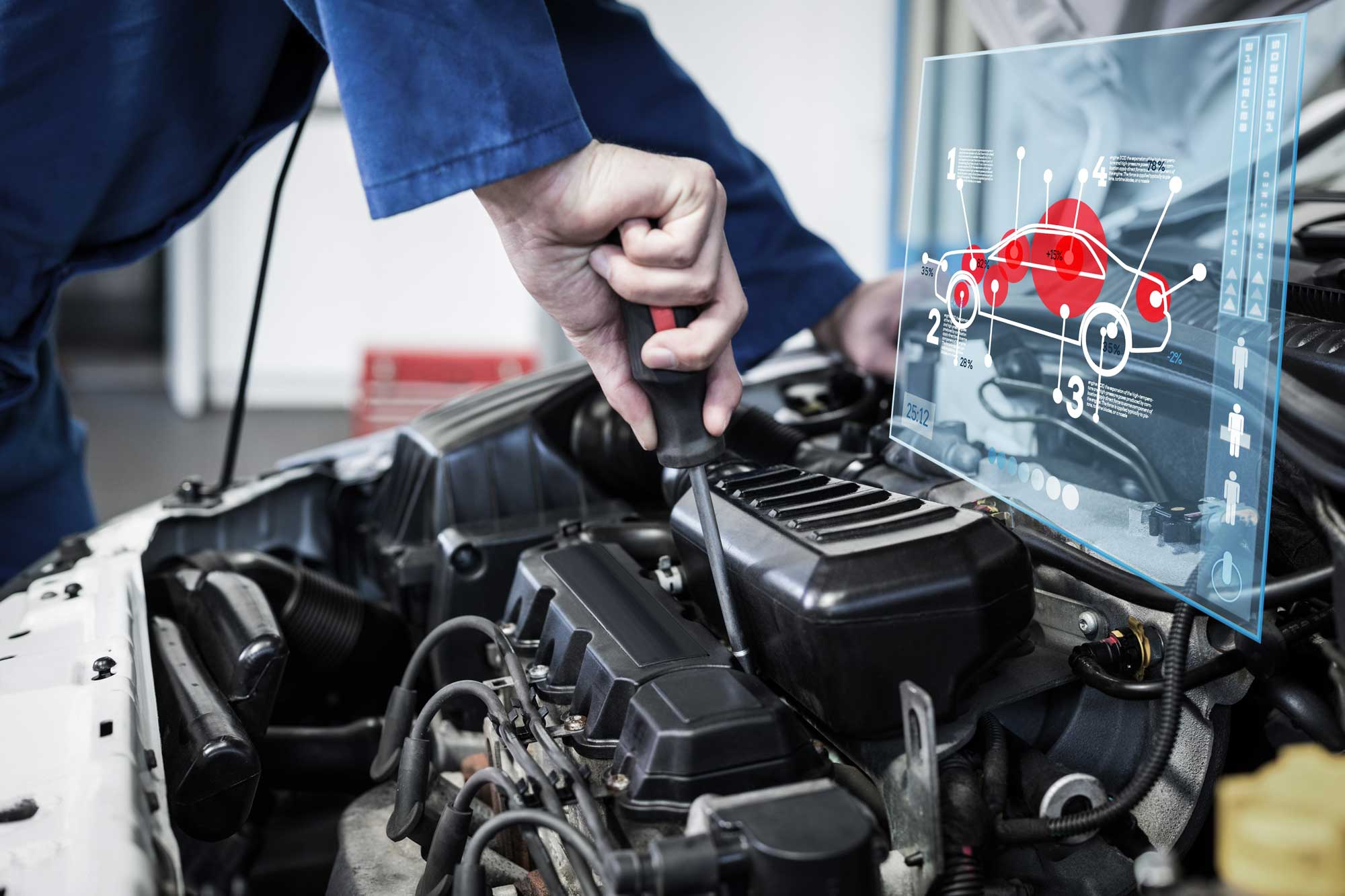All Categories
Featured

Keeping your car's tires is important to ensure a smooth, safe, and reliable driving experience. 2 crucial solutions that are commonly neglected but have a considerable effect on tire durability and performance are tire rotation and positioning. These solutions assist keep your automobile running successfully and prevent uneven tire wear that can impact both security and gas economy. Let's study what tire rotation and placement are and why they are necessary for your car.
What Is Tire Rotation? Tire rotation is the process of moving your tires from one position to one more to ensure they use evenly. Considering that your cars and truck's tires work at different prices depending upon their position (front tires versus back tires), turning them consistently aids to distribute the wear equally, causing a longer life expectancy for your tires.
Tires on the front axle often tend to wear quicker than those on the rear axle, especially in front-wheel-drive automobiles, where the front tires manage both guiding and power. On the other hand, rear tires may wear erratically relying on the car's weight distribution and driving problems. By revolving your tires every 6,000 to 8,000 miles (or as recommended by the producer), you'll make certain a much more well balanced wear pattern.
What Is Tire Placement? Tire placement, also referred to as wheel placement, describes readjusting the angles of your automobile's wheels to the producer's specs. Proper positioning ensures that your tires are pointing in the appropriate instructions, and it helps take full advantage of tire life and boost vehicle handling. There are three primary facets of placement: camber, caster, and toe.
Camber describes the tilt of the tires from the front of the lorry. If your tires are slanted way too much inward or outward, it can create uneven wear. Caster describes the angle of the guiding axis when seen from the side of the automobile. This impacts the stability of the guiding, especially when driving directly. Toe describes the angle at which the tires point internal or outside when viewed from above. This impacts just how your lorry tracks when traveling. A proper positioning makes sure that all 4 tires are directing directly ahead and are angled appropriately. Imbalance can arise from hitting potholes, aesthetics, or merely from the wear of suspension parts over time.
Why Tire Turning and Positioning Matter. Extended Tire Life. Both tire rotation and alignment assistance prevent unequal tire wear. When your tires use uniformly, they last longer, which can conserve you money in the future by lowering the need for early substitutes.
Improved Safety. Correct tire rotation and placement enhance automobile security and handling. Misaligned tires or unevenly used tires can adversely impact your capacity to guide and stop your car, particularly in emergency scenarios. Normal maintenance guarantees your tires execute efficiently, giving a more secure driving experience.
Much Better Gas Efficiency. If your tires are not aligned properly, they may drag against the road surface area, creating resistance. This extra rubbing can decrease fuel performance, triggering your vehicle to eat even more gas. Routine tire alignment guarantees that your vehicle relocates effectively, enhancing gas mileage.
Boosted Comfort. Misalignment or erratically used tires can lead to a rougher adventure, as your auto might draw away or cause resonances. By maintaining your tires turned and straightened, you'll take pleasure in a smoother and a lot more comfy driving experience.
Signs That Your Tires Need Rotation or Placement. It's vital to stay sharp for any indications that your tires need rotation or alignment. Keep an eye out for these usual indicators:
Unequal Tire Wear: If you see that one tire is significantly much more used than the others, it might be time for a rotation or alignment. Guiding Pull: If your car pulls away while driving straight, this might indicate imbalance. Vibrations: If you really feel vibrations in the guiding wheel or the vehicle itself, maybe an indicator of misalignment or irregular tire wear. Squealing Tires: Uncommon tire noise can also indicate improper alignment or the need for a tire rotation. Exactly how Often Should You Rotate and Straighten Your Tires? Tire rotation must generally be done every 6,000 to 8,000 miles or as specified in your lorry's proprietor's guidebook. It's a great concept to rotate your tires during every oil adjustment, as this will certainly aid you remain on top of regular upkeep.
As for positioning, it does not require as constant service. Commonly, placement ought to be checked a minimum of annually or whenever you see concerns like drawing away or vibration. You may additionally need alignment if you've hit a large split or visual, which can toss your wheels out of positioning.
Final Thought: Maintain Your Tires in Leading Shape. Tire rotation and placement are crucial services that maintain your vehicle running smoothly, securely, and efficiently. By making the effort to have your tires turned and aligned regularly, you're purchasing your cars and truck's performance and longevity, while likewise enhancing your safety and security on the roadway. Remain proactive with tire upkeep, and your automobile will thanks with much better gas economic situation, enhanced handling, and extended tire life.
Latest Posts
Check Out Outstanding Car Repair Care from Montclare Auto Repair – Keep Your Car Running Smoothly
Discover the Best Auto Repair Coupons in Montclare, Chicago
Discover WyHy FCU – The Key to Superior Financial Services in Wyoming
More
Latest Posts
Check Out Outstanding Car Repair Care from Montclare Auto Repair – Keep Your Car Running Smoothly
Discover the Best Auto Repair Coupons in Montclare, Chicago
Discover WyHy FCU – The Key to Superior Financial Services in Wyoming